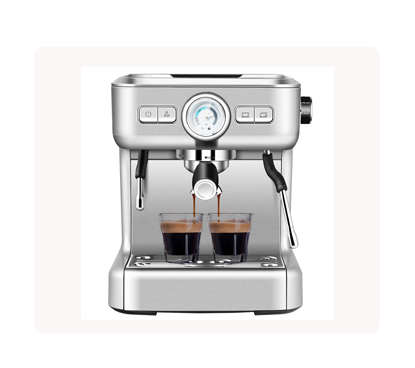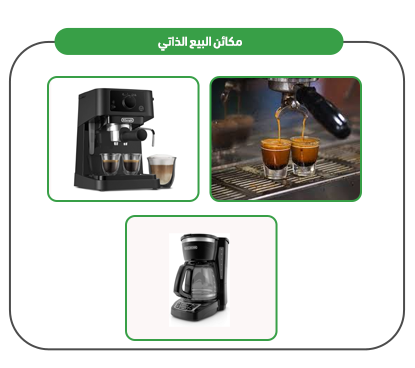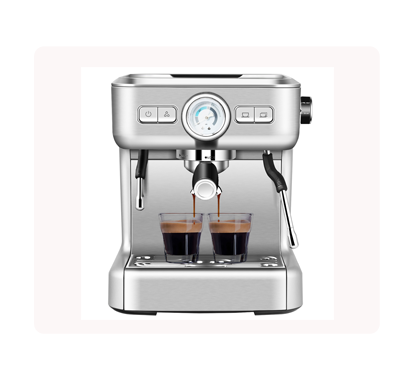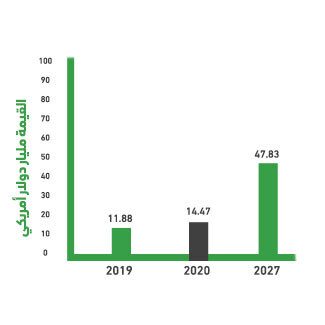Vending machines are a modern solution that provides products and services to the public in a practical and fast manner, around the clock, without the need for human intervention. These machines rely on advanced automated operating systems, enabling customers to purchase their needs easily without waiting in line, making them an ideal choice for a smooth and convenient shopping experience. Vending machines boast lower operating costs compared to traditional stores, making them an economical investment that generates continuous profits throughout the day. Their widespread presence in strategic locations such as metro stations, universities, hospitals, sports stadiums, public parks, and shopping malls helps them target a wide range of customers. These machines offer a variety of products, from snacks and drinks to daily necessities, making them suitable for all age groups. Thanks to their integration with modern payment methods, they have become an ideal choice that meets consumers’ needs in a practical manner, in addition to being a sustainable investment model that keeps pace with developments in modern technology.

The vending machine project is an innovative, technology-based solution that provides a quick and easy shopping experience for customers, allowing them to purchase essential items independently without interacting with staff. These machines offer a wide range of products, including fast food, fresh drinks, and even health products, making them an ideal destination for all individuals at any time of day. One of the most prominent advantages of vending machines is their ability to operate independently 24 hours a day, ensuring continuity of service without the need for staff. The machines feature practical designs that fit into spaces with limited space, making them ideal for high-density areas such as shopping malls and shopping centers. Thanks to these features, the vending machine project is a successful investment that strikes a balance between quickly meeting customer needs and generating sustainable profits for the investor.



Quality of products and beverages.
Record-breaking speed in obtaining the requested product.
Diverse menu of beverages, snacks, and desserts.
24-hour service.
Low cost of service.
Service provided to the largest number of people in the shortest possible time.
Executive summary
Study project services/products
Market Size Analysis
Risk Assessment
Technical study
Financial study
Organizational and administrative study

The service sector represents an important part of the economy; indeed, it represents the largest portion of the global economy. The service sector is considered an industry and a science, focusing on the production of services rather than tangible goods, such as cars, aircraft, machinery, and equipment. The service sector is concerned with providing services to the public, including banking, communications, wholesale and retail trade, engineering, medical services, tourism, and non-profit economic activities such as customer service and government services that include development, national defense, and maintaining internal and external security.
The commercial sector includes the e-commerce sector and the wholesale and retail trade sector. The commercial sector in the Kingdom has witnessed numerous developments during the years of the Ninth Development Plan. The number of commercial registrations issued by the end of the fourth year (2013) of the Ninth Development Plan increased to more than 1.37 million, while the number of companies reached more than 86,000, and the number of licenses for installment sales, debt collection, and follow-up services reached 115,000. The recently released annual report issued by the Ministry of Commerce for the year 1435 AH revealed that the commercial sector contributed to the gross domestic product. The relative contribution of commercial activities to GDP grew in the wholesale and retail trade, restaurants and hotels sectors to GDP to 8.8%, and construction to 4.4%.

The number of internet users in the Kingdom increased from 19.6 million to 24 million between 2014 and 2016, according to a 2016 report by the Communications and Information Technology Commission. E-commerce is experiencing significant growth due to the availability of convenient payment methods, improved shipping methods, and changes in societal culture in recent years, driven by the availability of social media and the proliferation of smartphones, which have become an effective channel for completing many purchases. Data from the Saudi Payments Network (SPA) revealed that 2015 saw the recording of more than 1.1 billion financial transactions, with a total value exceeding 626.3 billion riyals, with an average monthly transaction volume exceeding 52 billion riyals. This was done through more than 17,000 ATMs and over 225,000 POS devices spread across the Kingdom. The data added that last year saw steady growth in the number of POS devices at payment outlets, increasing by 62% compared to the previous year. The number of internet users worldwide reached 3.2 billion, with 157 million internet users in the Arab world. There are 11 million Facebook users in Saudi Arabia, including 3.2 million expatriates. There are 9 million Twitter users in Saudi Arabia, and 8.8 million Instagram users. Sixty percent of internet users in Saudi Arabia shop online, and 40% of online purchases are focused on mobile phones and accessories. The percentage of shoppers in the Kingdom reached 71% among young people, while 29% are women.